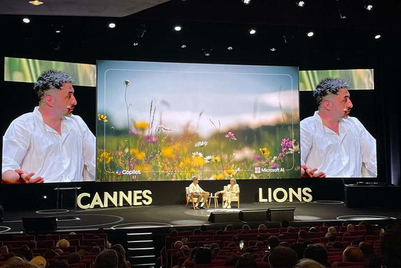
Part of its Global Habit survey, which conducts around 900 interviews in each of 34 cities (more than 1,000 interviews in China and in India), this report spans 14 Asian cities in East Asia (China, Taiwan, Hong Kong and Korea), Southeast Asia (Thailand, Malaysia, Philippines, Vietnam, Indonesia and Singapore) and India.
The report polled the use of 21 beauty products including skincare and makeup and found that more than half were used by at least 50 per cent of women in Seoul, Hong Kong and Taipei. Women in Seoul use the most beauty products by far, with more than 50 per cent using 18 of the 21 products. At the other end of the spectrum, women in three Chinese cities, Southeast Asia and two Indian cities are limited to a few basic items.
One product stood out as almost universally used. Around 90 per cent of women in East Asia use facial cleansers and more than 70 per cent in Southeast Asia (except Jakarta where the figure is still above 60 per cent). Regionally, the lowest use of cleansers is in India, where only 40 per cent of women use them.
Across Asia, Japan and Korea lead beauty fashions and trends. In Hong Kong and Taipei, women look to Japan more than local trends, but in Southeast Asia, beauty trends from Korea the West lead the way, particularly among younger women.
In China, Japan and Korea have roughly the same degree of influence in Guangzhou, while Korean beauty is the archetype in Shanghai and Beijing.
When it comes to choosing beauty products, price is a factor across all markets. This is combined in Hong Kong and Taipei with a demand for high quality. In Seoul, women care about brand reputation and environmental friendliness—a point of difference for the city.
In China, women care about brand image, but also convenience and service, particularly in Beijing. In Southeast Asia, women in Vietnam prioritise packaging, Malaysian women require ease-of-use, and in Bangkok, innovation tempts women into buying.


.jpg&h=334&w=500&q=100&v=20250320&c=1)


.png&h=334&w=500&q=100&v=20250320&c=1)




.png&h=334&w=500&q=100&v=20250320&c=1)

.jpg&h=268&w=401&q=100&v=20250320&c=1)



.png&h=268&w=401&q=100&v=20250320&c=1)
.png&h=268&w=401&q=100&v=20250320&c=1)

